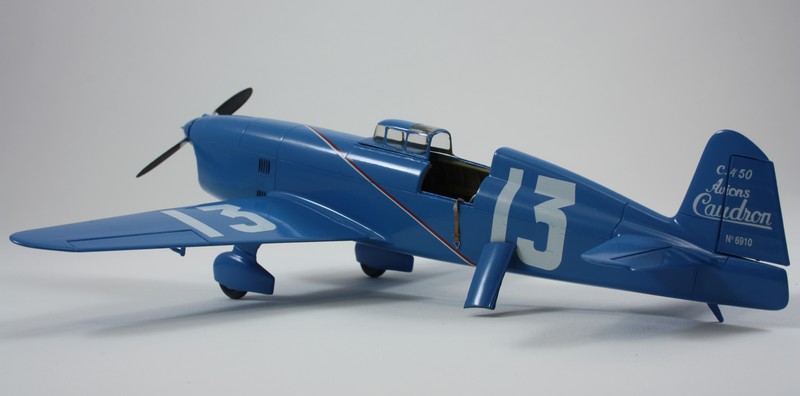I know this might be "blasphemy" to many, but my French brother-in-law gave me his father's metal two-blade Chauviere prop. I really would like to learn more about it but have exhausted my search on the internet and library. Could anyone be so kind as to point me in a new direction?
If there happens to be someone smart on these:
It has a 1920 stamp on the hub so I assume that's when it was made.
Serial #: S 258 N 150 9
It's approx 76" in diameter.
Thanks for any help and sorry to "pollute" the wooden prop forum!
Mike
If there happens to be someone smart on these:
It has a 1920 stamp on the hub so I assume that's when it was made.
Serial #: S 258 N 150 9
It's approx 76" in diameter.
Thanks for any help and sorry to "pollute" the wooden prop forum!
Mike


Comment